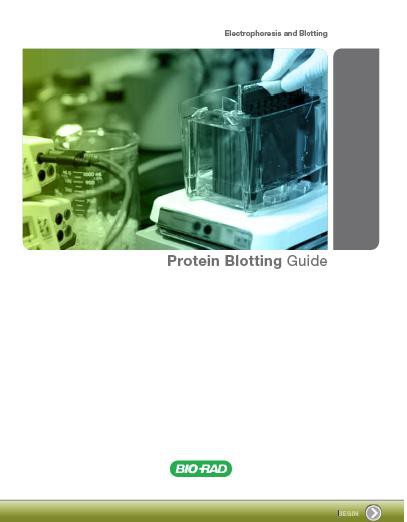Our genome, we are taught, operates by sending instructions for the manufacture of proteins from DNA in the nucleus of the cell to the protein-synthesizing machinery in the cytoplasm. These instructions are conveyed by a type of molecule called messenger RNA (mRNA).
Francis Crick , co-discoverer of the structure of the DNA molecule, called the one-way flow of information from DNA to mRNA to protein the “central dogma of molecular biology.”
Yehuda Ben-Shahar and his team at Washington University in St. Louis have discovered that some mRNAs have a side job unrelated to making the protein they encode. They act as regulatory molecules as well, preventing other genes from making protein by marking their mRNA molecules for destruction.
“Our findings show that mRNAS, which are typically thought to act solely as the template for protein translation, can also serve as regulatory RNAs, independent of their protein-coding capacity,” Ben-Shahar said. “They’re not just messengers but also actors in their own right.” The finding was published in the March 18 issue of the new open-access journal eLife.
Although Ben-Shahar’s team, which included neuroscience graduate student Xingguo Zheng and collaborators Aaron DiAntonio and his graduate student Vera Valakh, was studying heat stress in fruit flies when they made this discovery, he suspects this regulatory mechanism is more general than that.
Many other mRNAs, including ones important to human health, will be found to be regulating the levels of proteins other than the ones they encode. Understanding mRNA regulation may provide new purchase on health problems that haven’t yielded to approaches based on Crick’s central dogma.
Read the full story A novel mechanism for fast regulation of gene expression.
Tags: genomics, molecular biology















